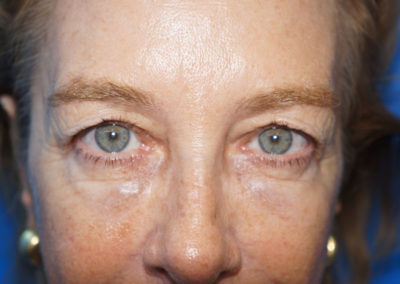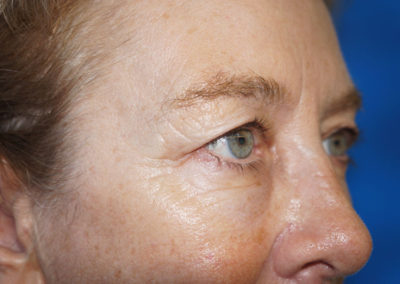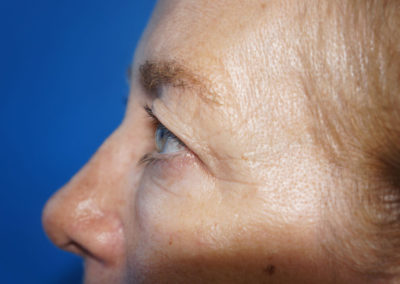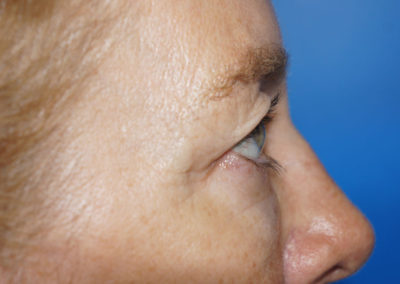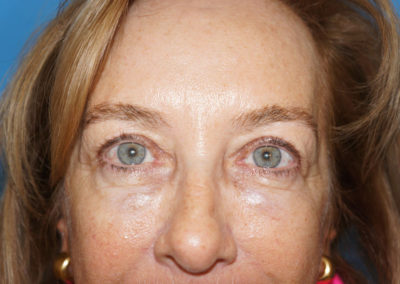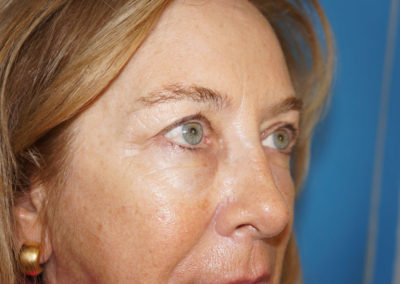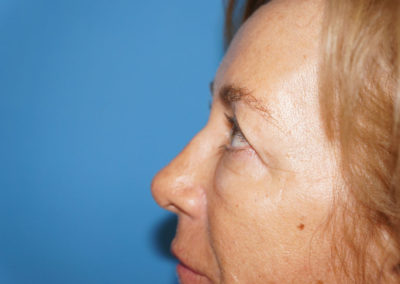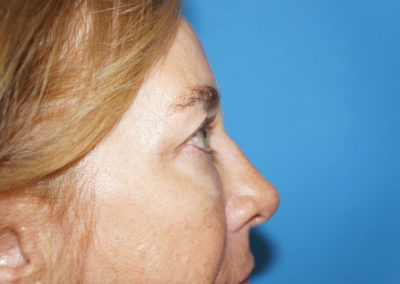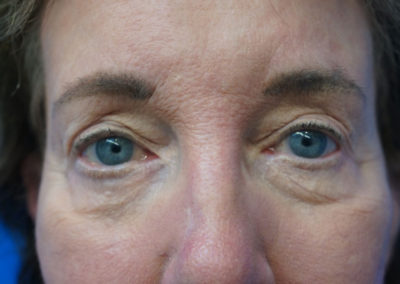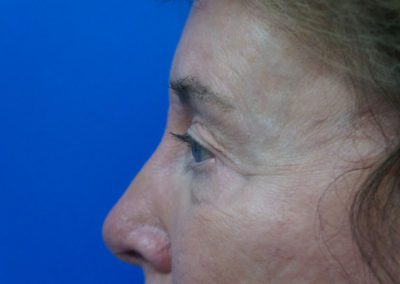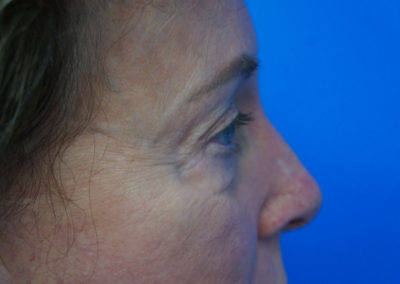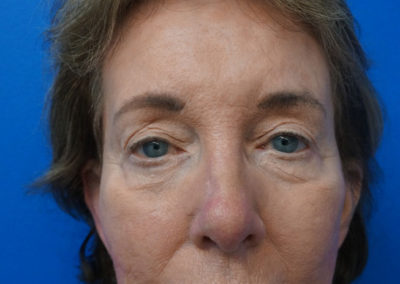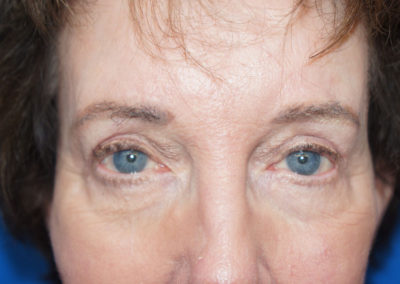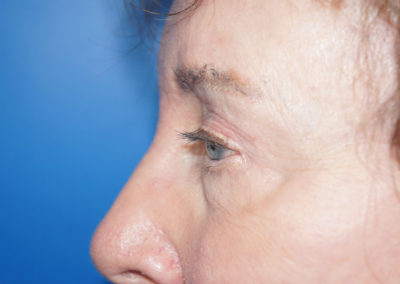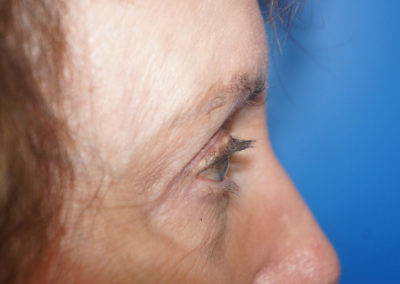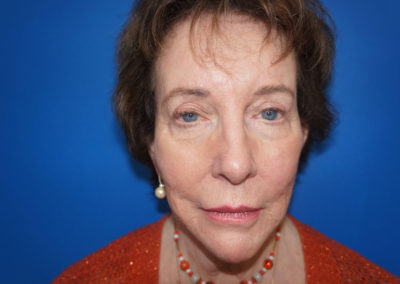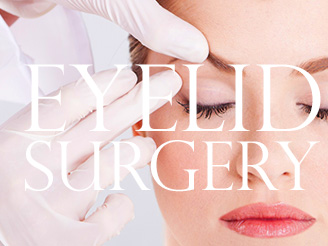 Eyelid Surgery
Eyelid Surgery
Eyelid surgery is my forte. The upper eyelid should have a crease that allows the eyes to have a natural and youthful look. The upper parts of your lid should be full and smooth for a youthful look. As we age the fat herniates out of their compartments into the lower parts of the eyelid. In addition, aging can lead to skin excess, which can hide the crease that gives the natural upper eyelid appearance.
My technique is to not remove the excess fat if I don’t need to, and to relocate the fat to its normal location providing volume and enhancing the upper lid. It is important to only remove fat if it is in excess or significantly herniating, since it could lead to a hollow and cadaveric look to your eyelids.
In addition to relocating fat, I remove the excess skin using high magnification, and micro instruments to cut precisely the skin to the millimeter. On the upper and lower eyelids, it is critical to have accuracy and precision at all times. I use a suture to close the skin of your eyelids, which is smaller then the natural hair, does not create an inflammatory reaction (no scars), and is removed under high magnification for accuracy.
Patients ask what are the differences, in terms of technique from the upper to the lower lids. The lower eyelids can have the same problems of excess skin, fat herniation or excess fat, and in contrast to the upper lids, the tear trough deformity. I approach the lower lids with a unique technique. My technique places incisions inside your eyelid, which does not place any scars on your face. I can remove fat, re-drape fat, and correct the tear trough deformity using this approach. Then if there is excess skin, I make an incision just under your eyelashes (subciliary), which hides the scar perfectly. Using this technique I do not injure the septum of your lower eyelid, and prevent the worst complications such as entropion or extropion (scarring distorting your eyelids).
Another powerful technique that I use when needed is to lift the lateral aspect of your lower eyelid to give it a more youthful vector from the medial to the lateral aspect of your eye. This is called a lateral canthopexy or canthoplasty, and when used properly can have dramatic results that last a long time. The key with this technique is anchoring the lateral aspect of your eye to the proper structure, which is located in the lateral inner aspect of the lateral rim of the bones that surround your eye.

